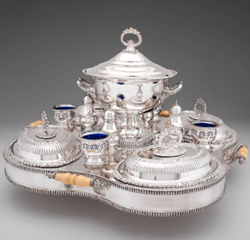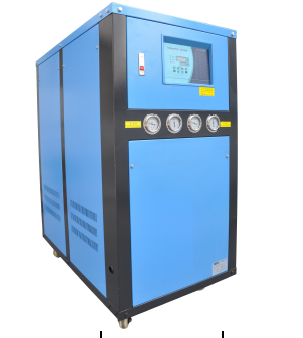The purpose of post-plating treatment is to ensure the quality of the coating and to improve the protection, decoration and functionality of the coating. Post-plating treatment is important, but it is often overlooked. In the actual production, there are often failures, and even the former work is exhausted, so it should arouse the attention of relevant personnel.
The electroplating post-treatment process is selected based on the properties of the electroplating layer, application requirements, and environmental influences, such as polishing, passivation, coloring, coating, sealing, hydrogen removal, and the like.
Common plating treatment:
Polishing
Polishing is a process of improving the smoothness and surface roughness of a metal workpiece by chemical polishing or mechanical polishing. It can be used not only for the surface processing of metal, but also for the pre-plating and post-plating finishing of metal workpieces. Such as copper, nickel and other alloys as well as plating of copper, nickel, chromium and other metal finishing decorative finishing.
Passivation
The so-called passivation treatment refers to a chemical treatment in a certain solution, and a metal surface treatment method of forming a solid, dense, and highly stable thin film on the plating layer. Passivation greatly improves the corrosion resistance of the coating and increases the surface gloss and anti-pollution ability. This method is very versatile and can be passivated after galvanizing or copper plating.
Dehydrogenation
Most metal substrates, such as steel and copper, generate “hydrogen” during pretreatment (pickling, cathodic electrolysis) and electrodeposition. Some have not yet had time to form “hydrogen,” ie, in the form of “hydrogen atoms.” Permeation into the substrate and the plating layer causes brittleness of the plated part and severely reduces the tensile strength of the part, which is called hydrogen embrittlement. Therefore, parts used in aerospace, automobile manufacturing and other fields must be subjected to “hydrogen removal” after plating, and some parts that require high tensile strength during use must also undergo “hydrogen removal” treatment. Dehydrogenation is carried out at a temperature of about 200°C. The treatment time is determined by the required tensile strength of the part. Dehydrogenation should be carried out within 3 hours of plating.
Shading
Metal surface coloring is the use of chemical, electrochemical, displacement or heat treatment in a specific solution to form a layer of different color or interference film on the metal surface. Due to the different colors of various metal oxides, the surface of the colored metal appears different colors, which changes the appearance of the original metal and achieves the purpose of mimicking expensive metals, antiques, and decorations.
Coating treatment
The coating is a process of coating or impregnating a layer of transparent organic film on silver and gold-plated parts to prevent or prolong the discoloration of the coating.
Closed processing
In order to improve the corrosion resistance of the workpiece in the atmosphere, physical, chemical or electrochemical methods are used to make the surface (or intermediate plating) evenly covered with a film layer. This process is called closing. The pretreatment has a key effect on the electroplating effect, and post-treatment can significantly promote the performance of electroplated parts. In order to ensure the performance of the electroplated parts, a reasonable post-plating process is necessary.





